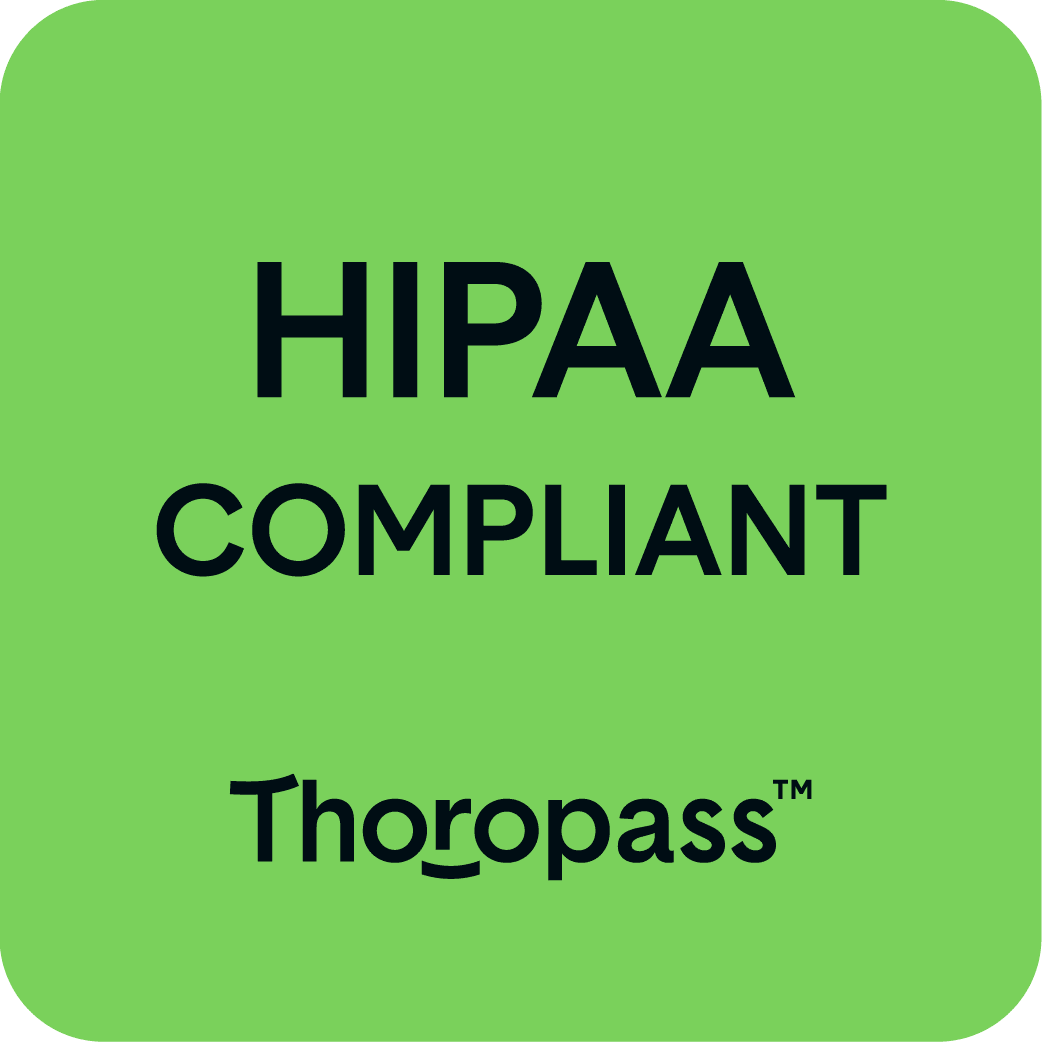Proctoring – the objective evaluation of a provider’s clinical competence by someone serving as a proctor (representative of and responsible to the medical staff) – is an important peer-review tool and “checkpoint” prior to granting privileges and an essential part of clinical training for healthcare professionals including medical students, nurses and residents. According to The American Academy of Family Physicians (AAFP), there are three types of proctoring: prospective, concurrent, and retrospective. Typically, there are three primary categories for the proctor to observe and evaluate: clinical knowledge, understanding of equipment, and fluency with the technique and procedure.
A written report with a detailed assessment of the applicant’s performance is submitted to the medical executive committee with a recommendation from the department chair to grant clinical privileges, continue the proctoring period, or deny clinical privileges based on the proctor’s report.
While proctoring is a necessary assessment component in evaluating and certifying a healthcare practitioner’s skills, “the process can face significant challenges,” according to former Chairman and CEO of Kaiser Permanente Dr. David Lawrence. “They stem from the fact that proctors are often also providers, and so proctoring represents a necessary but inconvenient diversion from patient-facing time.”
This can also lead to increased clinical staff shortages and inefficient use of time due to travel and on-site presence requirements. There can also be a lack of retrospective and historical review or documentation of the proctoring process. In the era of COVID-19, you can add scheduling difficulties, travel costs and increased safety concerns to the list.
Proctors are neutral observers
A proctor is not a clinical event assistant, a trainer, a disciplinarian, or even a supervisor. He or she is simply present to observe, assess and report. However, it’s easy to imagine a situation in which a proctor may feel the need to intervene or assist the practitioner (e.g., in the event of imminent potential harm to the patient). While this situation rarely occurs, it is a distinct possibility.
In the majority of cases, a proctor acts only as a monitor to evaluate technical and cognitive skills. Proctors do not directly provide patient care. They also have no physician-patient relationship with those being treated.
Face to face replaced by virtual proctoring
The COVID-19 crisis has forced companies and institutes of education at all levels to turn to virtual solutions. The benefits have been realized and include cost-effectiveness compared to physical meetings, increased productivity and efficiency. The greatest benefit of all during the pandemic is public health and safety.
Among the emerging companies offering a robust solution is Seattle-based Hippo Technologies, Inc. A leader in wearable computing for healthcare, their Hippo Virtual Proctoring™ solution is revolutionizing the proctoring experience. It does so by promoting time and cost-savings via remote, effective video collaboration during proctoring sessions. Importantly, it allows real-time communication from multiple devices and dispersed locations. All while simplifying the assessment, evaluation and certification of clinical skills.
The provider being assessed wears Hippo’s voice-activated head-mounted tablet during their patient examination, giving the proctor a “through the eyes of the practitioner” first-person view. Meanwhile, one or more proctors are able to observe, mentor, guide and evaluate their skills from a remote location. This highly effective and efficient proctoring solution can be deployed to assess clinical and surgical skills and patient care, as well as medical device operation and certification.
Proctoring reimagined
The Hippo solution delivers a range of benefits for both the providers being assessed and the proctors who are able to remotely assess and evaluate skills from any location or device. Included are live and recorded video conferencing with proctors, hands-free and voice-activated operation, and the ability to receive discrete instructions and guidance from proctors to enhance performance through internal speakers (with noise cancellation) without interfering with the provider-patient interaction.
According to Dr. Lawrence, “Real time proctoring is an essential part of assessing student performance and guiding the learning process. Hippo expands the capacity of any clinical training program to provide this critical interaction.”
Additionally, practitioners benefit from the visualization of patient medical records, evidence-based guidelines, or imaging on the micro-display without turning away from the patient and without visual field constraint. Finally, there is the post-procedural review option, allowing clinicians to playback their performance and identify opportunities for improving techniques or bedside manner.
Proctors benefit from the ability to perform remote supervision during examinations, processes, and procedures as if they were there in person. Significant time and cost savings are realized due to decreased travel. Appointment delays and cancellations are also reduced, as is risk of contracting or spreading communicable diseases. Remote video zoom-in and flashlight for improved proctor view are useful additional features.
According to Dr. Patrick Quinlan, CEO and Co-founder of Hippo Technologies, Inc., “Clinical proctoring is an important peer review tool for physicians seeking privileges in hospitals and healthcare organizations.” The practice has surged especially in healthcare during the coronavirus pandemic, as clinicians from a range of sub-specialties have been drafted in to provide critical care in the face of burgeoning staff shortages. Against this background, “Our virtual proctoring solution gives healthcare organizations and medical schools the chance to quickly and conveniently conduct robust and secure assessments remotely, from anywhere in the world,” Quinlan concluded.





